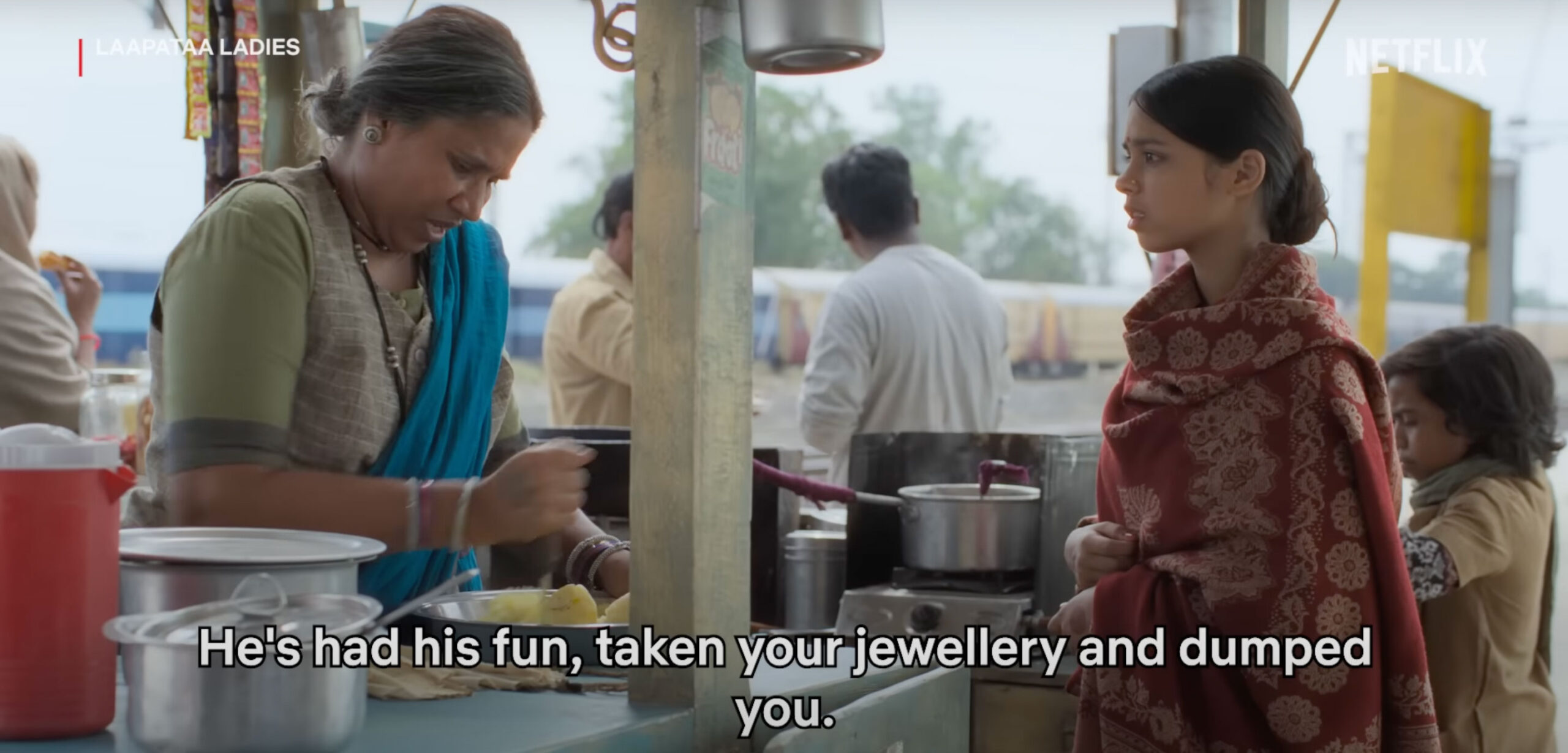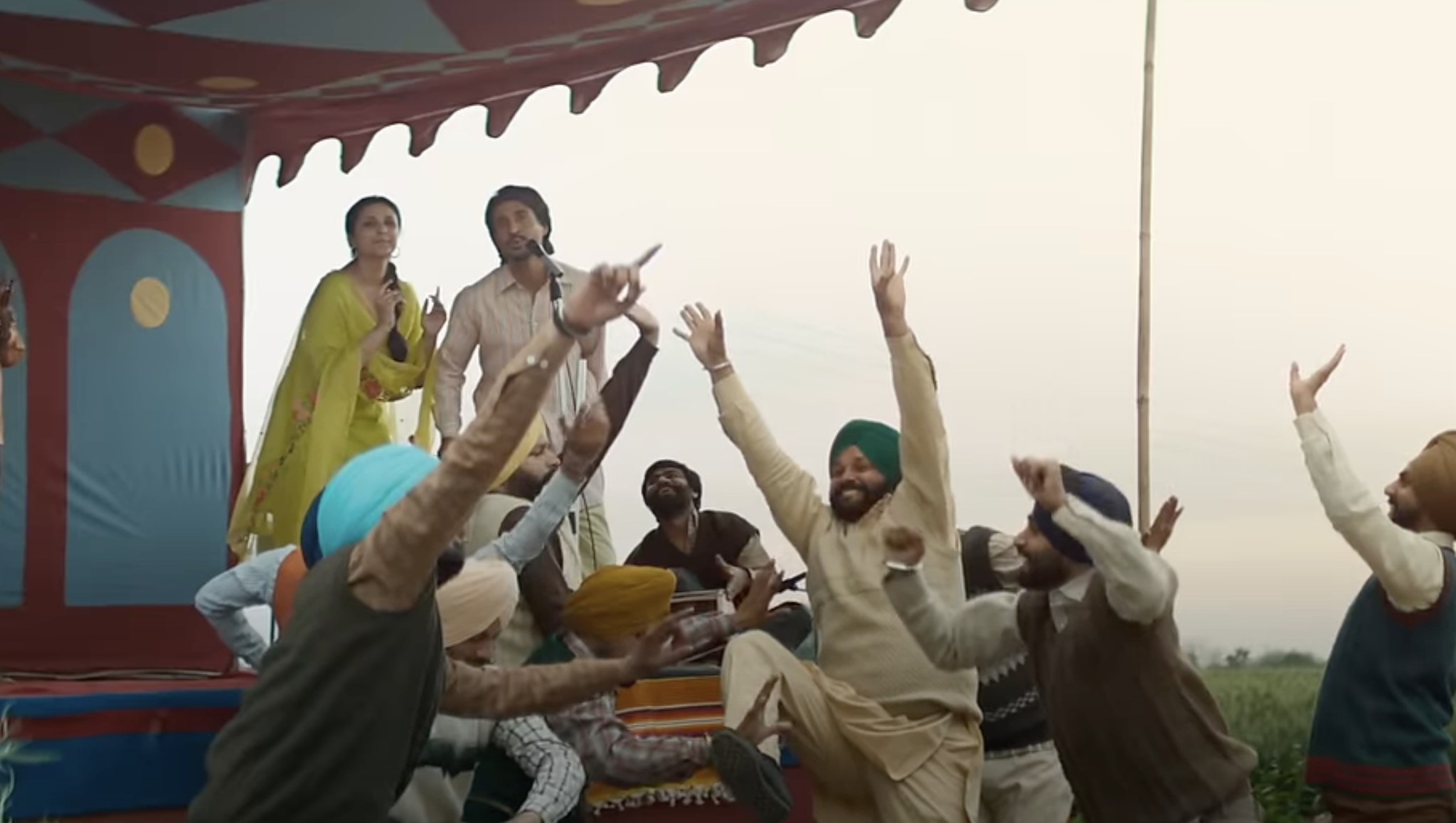
Budhan, a 28-year-old from Akarbaid village in Purulia, one of the poorest districts in West Bengal, was arrested on 10 February 1998. He died in custody after the police brutally tortured him over a week. He was a member of the Denotified Tribe named Kheria Sabar (also known as Lodhas in West Bengal).
The police said that he had hanged himself in the lock-up. Later, Paschim Bangya Kheria Sabar Kalyan Samiti, a civil rights organization, filed a writ petition in the Calcutta High Court against the police (Writ Petition No 3715 dated 1998). When the court examined the first post-mortem video, which had been tampered with, and had another post-mortem done on the exhumed body, it found enough grounds to indict the police. (Amnesty International Report, 2001:24). Justice Ruma Pal of the Calcutta High Court ordered the state government to pay compensation of Rs80,000 to Budhan’s wife and Rs5,000 to his parents. She also directed the government to take action against the jail superintendent of Purulia and the officer in charge of Burrabazar police station.
The death of the Lodhas in Amlasole
In 2004, there were reports in the media about five Lodha-Sabar people in a village named Amlasole, in Binpur II, Paschim (West) Medinipur, having starved to death. These incidents soon triggered an uproar in the West Bengal Assembly. At the time, the state chief minister Buddhadev Bhattacharjee did accept that “conditions for starvation” existed not only in Amlasole but in many other villages, while his party cited malnutrition and lack of healthcare as reasons for the deaths. The state government sent a medical team, which returned with the “finding” that excess consumption of illegal liquor and diseases like tuberculosis, jaundice and malaria had caused the deaths. Still, even the lack of road connectivity, proper healthcare delivery system and a broken-down Public Distribution Shop was disturbing enough (Economic and Political Weekly 2004: 2541). The district magistrate, Mr Chandan Sinha, also reported this state of affairs.
The chief minister himself admitted that there were many villages like Amlasole that needed his government’s attention and development. However, as the government dragged its feet, the Maoists turned this region into their stronghold. Intellectuals and celebrities from Kolkata have visited this region and found that the utter lack of development is the main cause of people’s wrath against the government and ruling party functionaries in this region.
The present has a past
The two incidents narrated above are not isolated. They have a history. The history is one of exploitation, marginalization, human rights violation, social exclusion and policy failures on the part of the governments to deliver social and economic justice to a group of voiceless people who were categorized by the colonial government as a Criminal Tribe and then by the government of independent India first as a Denotified Tribe and Primitive Tribal Group (PTG) and later as a Particularly Vulnerable Tribal Group (PVTG).
In a recent article, anthropologist Anastasia Piliavsky challenged the broad consensus in current historiography that holds the Indian stereotype of criminal tribe to be a myth of colonial making. Drawing on a selection of pre-colonial descriptions of robber castes (ancient legal texts and folk tales; Jain, Buddhist and brahmanical narratives; Mughal sources; and Early Modern European travel accounts), she argued that the idea of castes of congenital robbers was not a British import, but a label of much older vintage on the subcontinent. According to Piliavsky, while colonial uses of the idea of a criminal tribe comprise a lurid history of violence against communities branded as born criminals in British law, the stereotype itself has indigenous roots.
According to Wikipedia, “Lodha means a piece of flesh named after their ancestor. Lodhas have been the focus of anthropologists and social activists. During the early period of their rule, the British government in India oppressed the tribal people of Jungle Mahals, who were traditionally dependent upon the forests for a living. They had revolted but were ruthlessly suppressed. Having been deprived of their livelihood and [left] without any alternatives, they took to criminal ways of life and were subsequently branded a criminal tribe. They should properly be labelled as uprooted rebels. Lodha titles are Nayek, Mallick, Digar, Sardar, Bhokta, Kotal, Dandapat, Bhunya, etc. These titles reflect social responsibility.” (http://en.wikipedia.org/wiki/Lodha_people, accessed 21 October 2014)
In the post-Independence period, the “ex-criminal” and “Denotified” Lodhas have suffered extreme humiliation and human rights violation not only at the hands of the higher Hindu castes but also the Santhals, the dominant tribe of the region. Anthropologist Probodh Bhowmick narrated an incident in one of his articles about the Lodhas on the bank of River Subarnarekha in erstwhile Midnapore district being chased before 31 of them were caught and brutally beheaded and the rest taken captive by the killers in September 1979. In the same article he wrote that in an earlier incident in 1968 the Santhals had burnt down houses of 18 Lodha villages. They had attacked the Lodhas having suspected them of some criminal activities.
Another important observer of the marginalization of the Lodhas in West Bengal has been Mahasweta Devi. Not only did she write on the abject poverty and exploitation of the Lodhas, but also worked for decades to fulfil the various demands of the community for improving their socio-economic condition. In an article published in the Economic and Political Weekly, Mahasweta Devi wrote about the enthusiasm she saw among the Lodhas when, in 1982-83, they revived their own community organization, Lodha-Sabar Kalayan Samiti.
‘A Glow in the Darkness’

On a positive note, former district magistrate of Paschim Medinipur, Chandan Sinha, has written about the successes of the Lodha development programme. In the chapter “A Glow in the Darkness” in his recently published book Kindling of an Insurrection: Notes from Junglemahals (Routledge, 2013), Sinha writes that he found a good number of Lodha families in Jhargram who showed remarkable strength and courage at the individual and community levels to care for the poultry and the livestock given to them by the government under the RSVY scheme and built houses under a governmental scheme with their own labour. In Sinha’s words,
… Darkness had fallen but with the help of torchlight we made our way to the house of Hari and Pramila Sabar. Upon reaching their homestead I found Hari Sabar digging one side of the foundation all by himself! I asked him why he was working so late. He told me that during the day he had gone to the jungle to collect sal leaves. Upon his return, finding some portion of the foundation incomplete, he decided to complete digging the length before calling it a day. It was a stirring sight, especially since most people tend to dismiss Lodhas as incapable of hard work and responsibility. (Sinha 2013: 206-208).
Chandan Sinha’s anecdote of Hari and Pramila Sabar is an exception, as even seven decades after Independence, government officials, including the police, tend to stigmatize Lodhas. The image of Lodhas being criminals has persisted in the post-colonial period. G.N. Devi, a noted scholar and activist and editor of Budhan, the newsletter of the Denotified Nomadic Tribes Rights Action Groups (DNT-RAG), wrote in a 1998 article:
Soon after Independence, the communities notified as criminal tribals were denotified by the Government. This notification was followed by substitution of a series of Acts, generally entitled Habitual Offenders Act! The HOAs preserved most of the provisions of the former CT Acts, except the premise implicit in it that an entire community can be ‘born’ criminal. Apparently, the denotification and the passing of the HOAs should have ended the misery of the communities penalised under the CT Act. But that has not happened. The police forces as well as the people in general were taught to look at the ‘Criminal Tribes’ as born criminals during the colonial times. That attitude continues to persist even today. (Devi 1998)
What good has Independence brought to the Lodhas and more than a hundred “tribes” who were “denotified”? Should they, to use a term introduced by M.N. Srinivas, “Sanskritize” or let themselves be absorbed into the Hindu fold as described by the anthropologist Nirmal Kumar Bose? Will it make a difference if someone fights for the temple entry rights of Lodhas or for job reservation for them? They are too marginalized to access the opportunities given to them by a state that the Nobel Laureate Amartya Sen has designated a “welfare state”.





